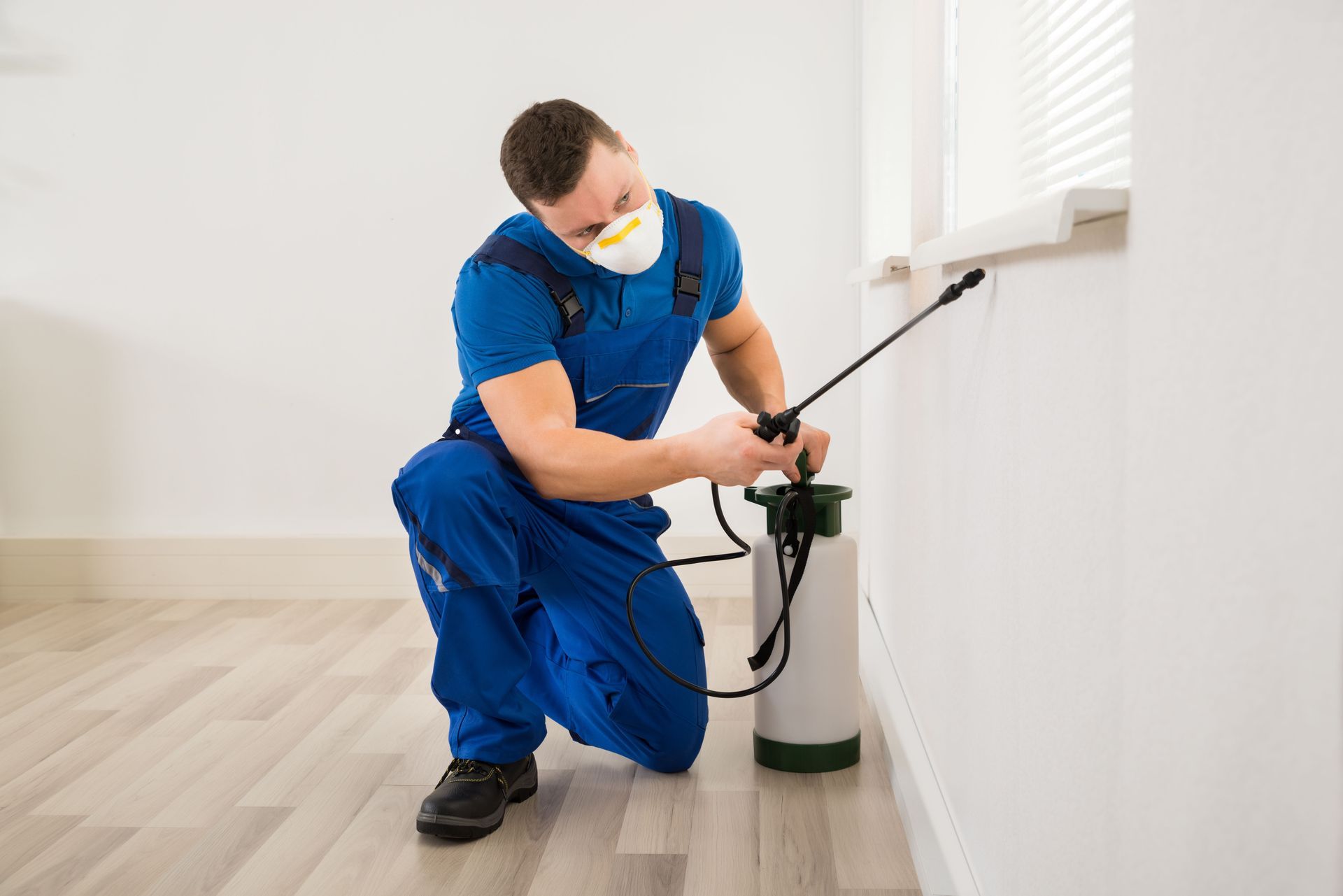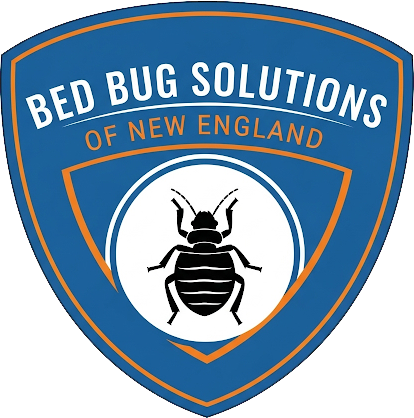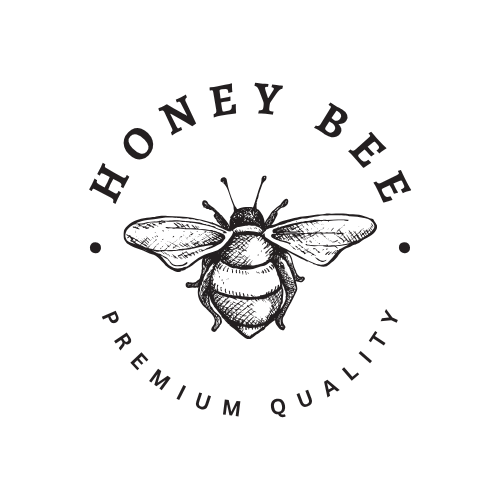October 18, 2025
Maintaining a pest-free home is crucial for ensuring a healthy and comfortable living environment. Pests are not only a nuisance but also pose significant health risks and can cause considerable damage to property. Implementing effective pest control strategies is therefore essential for both prevention and management of pest infestations. This article will guide you through various methods and approaches to help you maintain a pest-free home. From understanding common pests to long-term management solutions, you'll find the information needed to protect your living space.
Understanding Common Household Pests
Common household pests include insects like ants, cockroaches, and termites, as well as rodents such as mice and rats. Each pest has specific characteristics and behaviors that can help in identification. For example, termites are known for their wood-eating habits, which can severely damage home structures. Rodents, like mice and rats, are not only destructive but can also carry diseases affecting humans. Understanding these characteristics is the first step in preventing and managing infestations effectively.
Early detection of pest infestations is crucial to preventing major problems. Common signs of infestation include droppings, gnaw marks, and unusual smells. For insect pests, look for discarded wings, dead bugs, or fecal matter near entry points and food sources. Rodents often leave grease marks and chewed food packaging as evidence of their presence. Regular inspections and awareness of these signs can help in taking prompt action.
Pests pose various health risks, which makes controlling them essential for any household. Many insects and rodents are carriers of pathogens that can lead to diseases such as salmonella, hantavirus, and Lyme disease. Cockroach droppings and shed skins can trigger allergies and asthma, particularly in children. Rodents can contaminate food supplies and spread bacteria through their droppings and urine. Addressing pest issues promptly can mitigate these health risks effectively.
Implementing Prevention Strategies
Closing off entry points is one of the most effective ways to prevent pests from entering your home. Check for and seal gaps around windows, doors, and foundation walls to keep pests out. Weatherstripping and caulking are simple yet effective tools for sealing these entry points. Pay particular attention to areas where pipes, cables, and wires enter the building, as these can be overlooked but serve as common pathways for pests. Regular inspections and maintenance of these areas are crucial for sustained pest prevention.
Consistent cleanliness is a potent deterrent against household pests. Pests like cockroaches, ants, and rodents are attracted to food and water sources, which are often the result of improperly cleaned areas. Regular sweeping, vacuuming, and mopping help to remove crumbs and spills that might attract pests. Keeping kitchen areas, including sinks and counter tops, clean and free of clutter can drastically reduce pest attraction. Implementing a routine cleaning schedule can ensure these practices become part of your regular household habits.
Effective waste management plays a critical role in pest prevention. Ensure that trash bins have tight-fitting lids and are emptied regularly to prevent odors that attract pests. Compost piles and outdoor trash should be located away from the home, ideally using bins designed to deter rodents and insects. According to This Old House, firewood should be stored at least 20 feet from your home to minimize pest risks. Proper waste management, combined with strategic storage of potential pest-attracting materials, strengthens your defense against infestations.
Knowing When to Call Professional Services
There are times when professional intervention becomes necessary to protect your home from pests. You should consider calling professionals when infestations persist despite repeated efforts or when safety becomes a concern. Severe structural damage or large-scale infestations of pests like termites or bed bugs usually require specialized treatments. Professionals have the expertise and resources to manage these situations efficiently. Evaluation by a professional can confirm the extent of the infestation and determine the best course of action.
Professional pest control services offer several advantages. Experts provide more comprehensive approaches with access to specialized equipment and advanced treatments. Professionals can identify less obvious signs of infestations and treat areas inaccessible to the average homeowner, ensuring more thorough eradication. The convenience and peace of mind that come from hiring a professional service can be invaluable during significant infestations. Their expertise helps ensure that treatments are effective and that homes remain pest-free.
Understanding the terms of a pest control contract is essential before agreeing to any services. Ensure that the contract outlines the specific pests covered, treatments planned, and guarantees offered. Consider the duration and costs of service and whether additional charges might apply for follow-up visits. A clear understanding of your contract prevents misunderstandings and ensures you receive the best possible service. Contracts should reflect a shared commitment to achieving and maintaining a pest-free environment.
Maintaining Long-term Pest Management and Maintenance
After initial treatment, scheduling regular inspections is vital to ensure pests remain at bay. These inspections should integrate with the seasonal patterns of pest behavior and focus on areas vulnerable to infestations. Consistent monitoring helps in identifying emerging issues early, facilitating prompt corrective actions. Align inspection schedules with maintenance activities to maximize efficacy and efficiency. Integrating these practices into regular home upkeep fosters an environment unsupportive of pests.
Continual reinforcement measures are crucial for protecting your home against pests. Install mesh covers over vents and chimneys to prevent entry points for insects and critters. Ensure door and window screens are intact and repair any damage promptly. Regular updates to sealing and weatherproofing elements preserve the defensive barrier against pests. Commitment to home integrity creates an inhospitable environment for unwanted guests.
The integration of modern technology into pest management affords innovative solutions. Smart sensors and traps provide real-time data and raises alerts for prompt action against emerging pest problems. Mobile applications help track inspections, manage schedules, and log pest activity for ongoing analysis. High-tech solutions facilitate efficient, targeted pest control efforts and offer greater adaptability to changing circumstances. Technology enhances protection and prevention strategies, keeping homes secure against pest threats.
Evaluating the Effectiveness of Your Strategy
Regular monitoring and assessment are essential components of an effective pest control strategy. Evaluate the success of interventions through decreased pest sightings and reduced structural damage. Incorporate feedback from multiple sources, including professional assessments, to validate effectiveness. Adjustments should be based on evidence and data, facilitating continual advancement of pest management processes.
Pest management is not a one-size-fits-all endeavor; flexibility can improve its effectiveness. Be responsive to new pest threats or alterations in pest behavior by adjusting control tactics accordingly. Transition to different treatments or preventative measures when evidence suggests diminishing returns from current strategies. Understanding when and how to tweak approaches ensures pest control remains effective.
Maintaining records of pest management efforts allows for thorough analysis of methods and results. Consistently documenting inspections, treatments, and outcomes provides valuable insights into effective practices and areas needing improvement. Analyze data regularly to inform strategic decisions and enhance future pest control endeavors. Record-keeping also facilitates compliance with contracts and establishes a solid foundation for evaluated approaches. Such diligent cataloging optimizes long-term pest management success.
Implementing a comprehensive pest management strategy is essential for maintaining a healthy, pest-free home. By understanding the behavior and characteristics of common pests, choosing the right prevention measures, and knowing when to seek professional help, homeowners can effectively manage pest challenges. Continuous monitoring, assessment, adaptations, and integrating modern technologies ensure sustained success. If you need effective pest control solutions to help protect your home from unwanted invaders, contact Bed Bug Solutions of New England.



